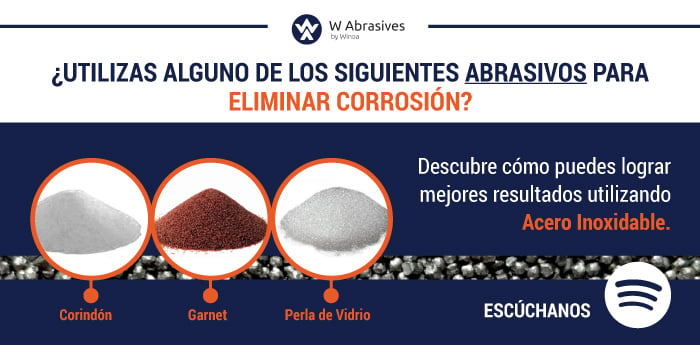Grit and shot stainless steel abrasives, why is it your best option?
People use stainless steel for various reasons, including its mechanical properties and appearance. However, for most, the first thing that comes to mind is its resistance to corrosion, which makes it highly desirable for many applications. For example, stainless steel is used in the food, medical, construction, automotive, and marine industries, to name a few.
Stainless steel is often more expensive than carbon steel so choosing the right abrasive is essential. Doing so can significantly improve production efficiency, reduce rework costs, and reduce material waste.
Like carbon abrasives, stainless steel is also carbon-based, but with a significant amount of chromium (minimum 10.5%). Other elements such as nickel and molybdenum are added to improve its characteristics, mainly its resistance to corrosion.
Stainless steel products are generally used in applications that are exposed to very aggressive environments (saline, acid or alkaline environments). This corrosion








